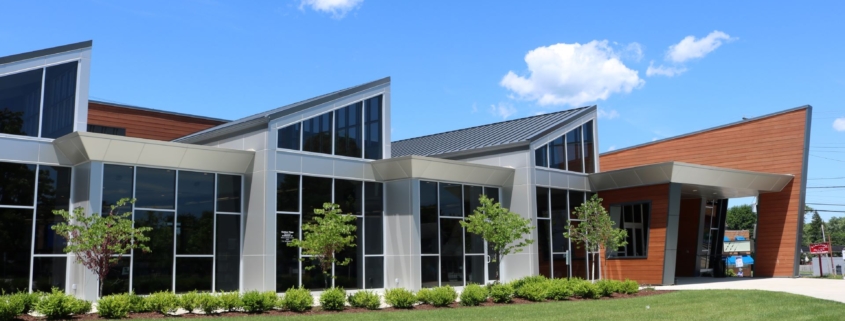As environmental consciousness grows, the construction industry has increasingly embraced sustainable practices to reduce its ecological footprint. Green building certifications have emerged as vital tools for assessing and recognizing environmentally friendly structures. In this blog, we will explore some of the prominent green building certifications, such as LEED (Leadership in Energy and Environmental Design) and BREEAM (Building Research Establishment Environmental Assessment Method), shedding light on their key features, benefits, and global impact.
LEED (Leadership in Energy and Environmental Design):
LEED, developed by the U.S. Green Building Council (USGBC), is one of the most widely recognized and influential green building certifications worldwide. It evaluates buildings based on several criteria, including energy efficiency, water conservation, indoor environmental quality, sustainable materials, and site selection. LEED offers different levels of green building certification, ranging from Certified to Silver, Gold, and the highest level, Platinum. LEED-certified buildings are known for their resource efficiency, reduced operational costs, improved occupant health, and minimized environmental impact.
BREEAM (Building Research Establishment Environmental Assessment Method):
BREEAM, developed by the Building Research Establishment (BRE) in the United Kingdom, is another prominent green building certification. It assesses the sustainability performance of buildings across various categories, including energy, water, materials, management, health and well-being, pollution, and transport. BREEAM provides ratings from Pass to Outstanding, acknowledging buildings that excel in environmental performance. BREEAM-certified buildings demonstrate commitments to sustainability, energy savings, and occupant comfort.
Green Star:
Green Star, developed by the Green Building Council of Australia (GBCA), focuses on promoting sustainable practices in the Australian construction industry. It evaluates buildings based on nine categories, including energy, water, materials, emissions, indoor environment quality, and innovation. Green Star certification offers different levels, such as 4-Star, 5-Star, and the highest rating, 6-Star Green Star. Green Star-certified buildings prioritize energy efficiency, reduced carbon emissions, and sustainable design and construction principles.
WELL Building Standard:
While LEED, BREEAM, and Green Star primarily focus on environmental aspects, the green building certification, WELL Building Standard, emphasizes occupant health and well-being. Developed by the International WELL Building Institute (IWBI), this certification evaluates buildings based on categories such as air quality, water quality, lighting, comfort, and mental well-being. The WELL Building Standard promotes healthy indoor environments, optimized lighting conditions, proper ventilation, access to clean water, and ergonomic design, ultimately enhancing the well-being and productivity of occupants.
Living Building Challenge:
The Living Building Challenge, administered by the International Living Future Institute (ILFI), sets rigorous sustainability standards for buildings. It evaluates projects based on seven performance areas, including site, water, energy, health, materials, equity, and beauty. The Living Building Challenge aims for buildings to operate as self-sufficient and regenerative systems, producing more energy than they consume and incorporating sustainable materials and construction practices.
EDGE (Excellence in Design for Greater Efficiencies):
EDGE certification, developed by the International Finance Corporation (IFC), focuses on promoting resource-efficient buildings in emerging markets. It evaluates buildings based on energy, water, and materials, providing a clear pathway for developers to optimize resource consumption during design and construction. EDGE-certified buildings prioritize energy and water conservation, reduced carbon emissions, and cost savings while catering to the unique challenges of emerging economies.
The Builders Association recognizes the vital role of green building certifications in promoting sustainable and environmentally friendly construction practices on a global scale. These certifications actively encourage the adoption of energy-efficient technologies, sustainable materials, and innovative design strategies. By integrating these certifications into their projects, our members contribute to a more sustainable and resilient future, where buildings are not only functional and aesthetically pleasing but also environmentally responsible. These efforts result in reduced environmental impact and improved occupant well-being, aligning with the Association’s commitment to sustainable construction practices.
Discover buildings that are green builidng certified on the GBIG website



